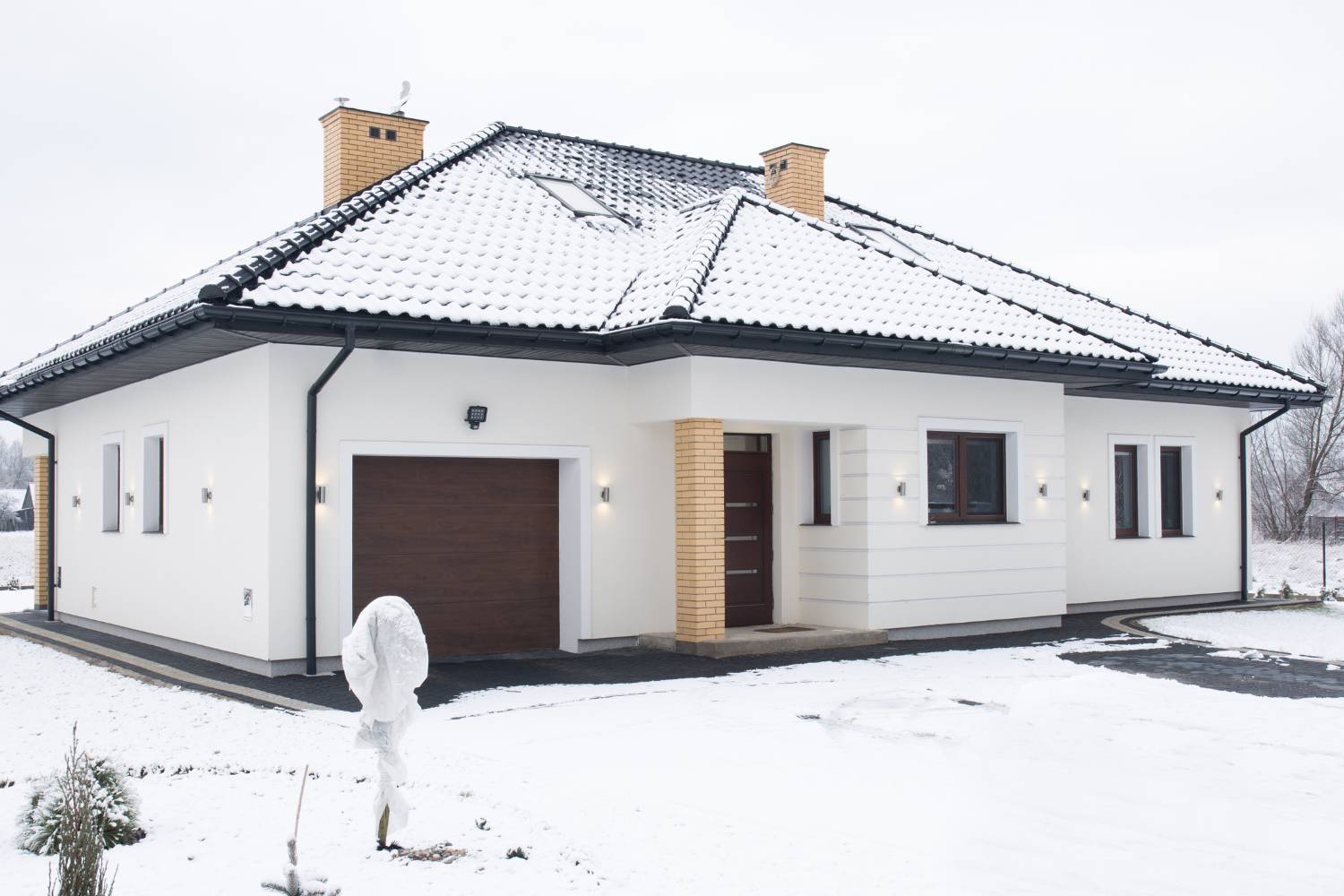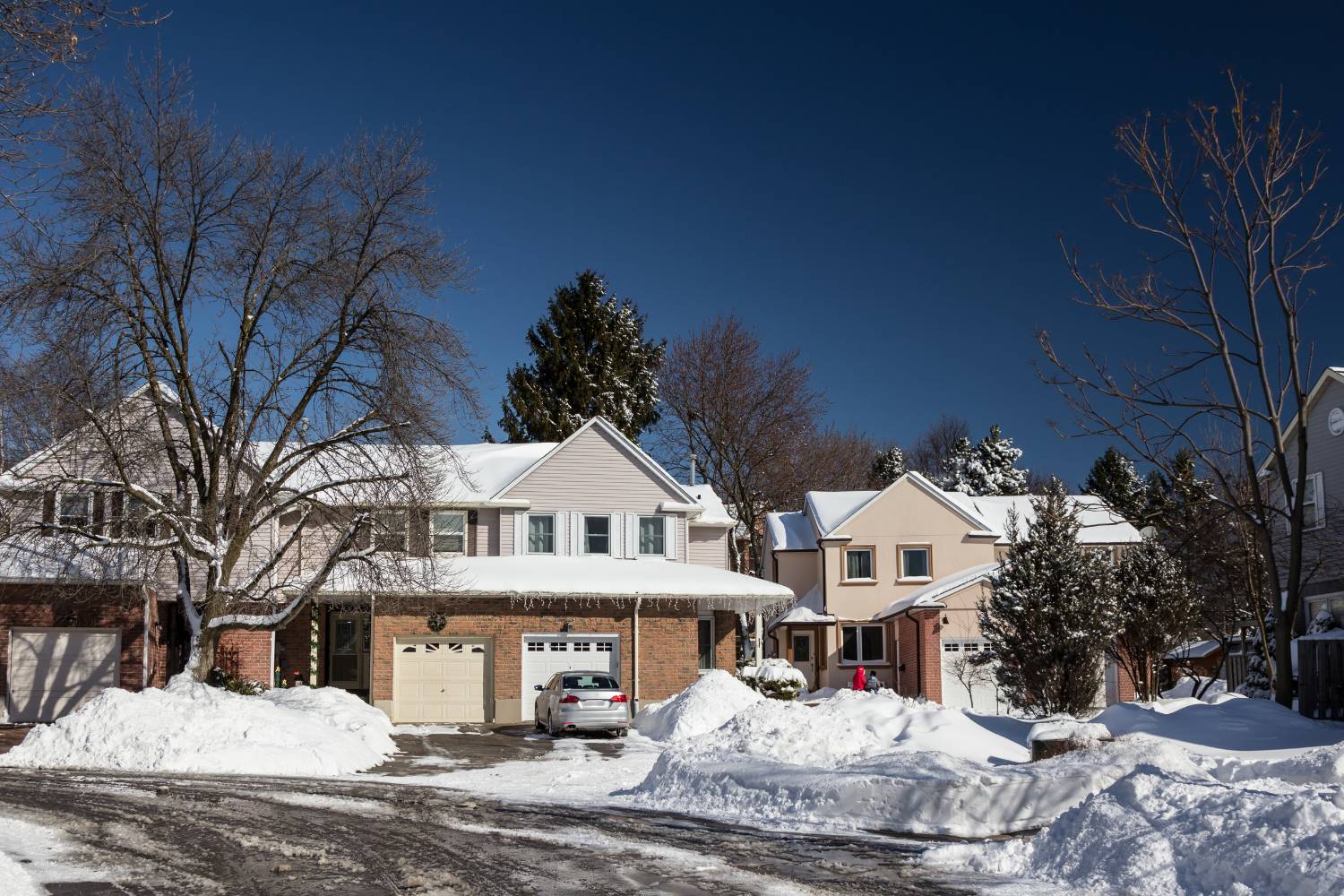Winter brings freezing temperatures that can make your garage uncomfortably cold and inefficient. Keeping your garage warm during winter is essential for several reasons, including protecting your belongings, improving energy efficiency, and enhancing comfort. This comprehensive guide provides top tips and detailed steps on how to keep your garage warm in winter, including methods for insulation and weatherproofing.
Top 3 Methods to Keep Your Garage Warm in Winter
1. Insulate Garage Walls to Prevent Heat Loss
Insulating your garage walls is a crucial step in maintaining a warm environment. When the walls are properly insulated, heat loss is significantly reduced, making it easier to keep your garage warm.
Start by measuring your garage walls to determine the amount of insulation needed. Fibreglass batt insulation is a popular choice due to its effectiveness and ease of installation. Once you have your measurements, cut the insulation material to the appropriate size. Fit the insulation between the wall studs, ensuring that it is snugly placed. To prevent moisture buildup, cover the insulation with a vapour barrier. This barrier helps in keeping your garage free from mould and mildew, which can thrive in moist environments.
2. Insulate Your Garage Door for Better Warmth
The garage door is often the biggest source of heat loss in a garage. Insulating it can significantly improve the warmth inside.
There are several insulation materials you can choose from, such as reflective insulation, foam board, or fibreglass batt insulation. Start by cutting the insulation panels to the size of the door sections. Use a utility knife to ensure precise cuts. Once the panels are cut, secure them to the door sections using adhesive or double-sided tape. If your garage door is made of metal, adhesive works best. For wooden doors, you might prefer using staples to attach the insulation.
3. Install a Space Heater in Your Garage
Space heaters provide a quick and efficient way to warm your garage, making them an ideal choice for instant heat.
Electric space heaters are portable and easy to use. Place them in a central location within your garage to ensure even heat distribution. Propane heaters are another option, especially for larger garages. However, it is essential to ensure proper ventilation to avoid the buildup of harmful gases. Infrared heaters are highly efficient as they provide direct heat to objects and people in the garage, rather than just heating the air. This makes them an energy-efficient choice for maintaining warmth.
7 Essential Steps to Winterise Your Garage
Winterising your garage is crucial for maintaining a warm and functional space throughout the cold months. Here are seven essential steps to ensure your garage is winter-ready.
1. Clean the Garage
A clean garage not only looks better but also allows for better airflow and more effective heating. Start by decluttering your garage. Remove any unnecessary items and organise the space. Once decluttered, sweep and mop the floor thoroughly to remove dirt and debris.
2. Check the Weatherstripping
Weatherstripping around doors and windows is vital for preventing drafts and retaining heat. Inspect the weatherstripping for any signs of wear or damage. If you find any, replace it immediately. Applying new weatherstripping ensures a tight seal around all doors and windows, keeping the cold air out and the warm air in.
3. Inspect the Garage Door
Your garage door plays a significant role in maintaining the warmth inside. Check for gaps around the edges of the door that could let in cold air. Ensure the door tracks are properly aligned to achieve a tight seal when the door is closed. If needed, adjust the tracks to improve the door’s fit.
4. Lubricate Moving Parts
Lubricating the moving parts of your garage door helps it operate smoothly and reduces wear and tear. Apply a lubricant specifically designed for garage doors to the hinges, rollers, tracks, and springs. This prevents squeaking and ensures smooth operation even in cold weather.
5. Ensure Easy Access to Winter Supplies
Organise your garage to keep winter supplies easily accessible. Place shovels and snowblowers near the garage door for quick access. Store ice melt and sand in a dry, easily reachable area. Being prepared can save you time and effort when winter storms hit.
6. Insulate the Water Heater
If your water heater is located in the garage, insulating it can help maintain its efficiency. Wrap an insulation blanket around the water heater to reduce heat loss. Additionally, insulate the pipes leading to and from the water heater to further prevent heat loss.
7. Protect Exposed Pipes from Freezing
Exposed pipes in your garage are susceptible to freezing in cold temperatures. To prevent this, cover them with foam pipe insulation. For extra protection, apply heat tape to particularly vulnerable pipes. This can help keep them from freezing and potentially bursting.
Guide to Insulating Your Garage Door for Winter
Proper insulation of your garage door is essential for maintaining a warm environment. Here’s a step-by-step guide to help you insulate your garage door effectively.
1. Gather Necessary Materials
Before you start the insulation process, gather all the required materials. You will need insulation panels (such as reflective insulation, foam board, or fibreglass batt insulation), a utility knife, adhesive or double-sided tape, doorstop weatherstripping, and a new bottom seal.
2. Install the Insulation
Start by cutting the insulation panels to fit the sections of your garage door. Use a utility knife to ensure precise cuts. Once the panels are cut, secure them to the door sections using adhesive or double-sided tape. Make sure the insulation is firmly attached to prevent it from shifting over time.
3. Apply Doorstop Weatherstripping
Weatherstripping the door stops helps seal the door against drafts. Measure and cut the weatherstripping to fit the door stops. Attach the weatherstripping to the door stops to create a tight seal when the door is closed.
4. Replace the Bottom Seal
The bottom seal of the garage door prevents drafts from entering through the bottom gap. Remove the old seal and clean the area thoroughly. Attach a new bottom seal to the door, ensuring it fits snugly against the floor.
5. Test the Insulated Door
Once the insulation is installed, test the door to ensure it operates smoothly. Open and close the door to check for any issues. Ensure there are no gaps around the door that could let in cold air. If you find any, adjust the insulation or weatherstripping as needed.
Advantages of Having an Insulated Garage Door
Having an insulated garage door offers several benefits that can improve your garage’s functionality and your home’s overall energy efficiency.
Energy Efficiency
An insulated garage door reduces heat loss, making your home more energy-efficient. This helps lower heating costs, especially during the winter months when heating demands are higher.
Comfort
A well-insulated garage door helps maintain a comfortable temperature in your garage, making it a usable space throughout the winter. Whether you use your garage for storage, as a workspace, or to protect your vehicle, maintaining a warm environment is crucial.
Protection for Belongings
Extreme temperatures can damage items stored in your garage, such as tools, vehicles, and other equipment. Insulated doors protect stored items from extreme temperatures, reducing the risk of damage.
Noise Reduction
Insulated garage doors can help reduce noise from outside, creating a quieter environment inside your garage. This is particularly beneficial if you use your garage as a workspace or recreational area.
Increased Home Value
An insulated garage door can enhance the overall value of your home by improving its energy efficiency and functionality. Potential buyers are likely to appreciate the benefits of an insulated garage door, making your home more attractive on the market.
Conclusion
Keeping your garage warm during the winter involves a combination of insulation, weatherproofing, and heating solutions. By following the methods and steps outlined in this guide, you can create a comfortable and efficient garage space that serves your needs year-round. Whether you use your garage for storage, as a workspace, or simply to protect your vehicle, maintaining a warm temperature is crucial during the winter months.
Key Takeaway: Proper insulation and heating are essential to maintaining a warm and functional garage during the winter. Implement these strategies to enhance comfort, protect your belongings, and improve energy efficiency.



